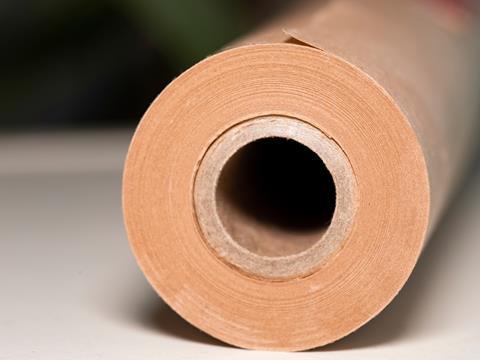
With the plastic substitution movement firmly underway, how far has the industry travelled towards replacing flexible plastic packaging with alternative materials? And what role, if any, does paper play? Neil Osment, Managing Director of packaging market research company NOA, investigates.
Every year 9.47m tonnes of flexible plastic packaging is produced in Europe, from a 22.3m tonne plastic packaging market. That’s 42.5% - by no means insignificant. If just 10% moved away from plastic to alternatives, that would be a measurable difference.
Flexible packaging, made from plastic and/or paper-based materials, has multiple applications, particularly in food, with crisps and biscuits being the most obvious examples, as well as pouches used for breakfast cereals.
Paper-based flexible packaging can be an intricate sandwich of substrates, often with a paper outer layer with a thinner plastic inner liner. Plastic-based flexible packaging can be a more complex structure, comprising a mixture of substrates, often with an outer printed layer, a middle layer that might be a moisture barrier, and an inner metallised plastic layer.
With pressure from both the EU and UK government wanting the direction of travel to be towards more recycling, the challenge is how to substitute multilayered plastic-based flexible packaging for recyclable alternatives, containing less (or, ideally, no) fossil-based materials.
So how far have we progressed?
Plastic substrate suppliers are working hard to develop mono-materials to phase out multilayered laminates. Such flexible packaging would not only contain less plastic, it would also be easier to recycle, in a way that multi-materials aren’t (industry experts state that less than 5% of laminated plastic materials are recycled in Europe currently).
As an aside, if you’re now taking your flexible plastic wrappers (like crisps and biscuit packets) to be collected at your supermarket, be aware that they aren’t yet being recycled; they are being incinerated, or worse still, are being exported for incineration.
However, once we start using mono-materials, and with advances in recycling separation processes and in recycling technologies, such as chemical recycling, these too will be recycled. We’re not there yet, but with sufficient investment, these developments might become a reality,
In fact, we are already using flexible packaging mono-materials – paper! In general, when we pick loose fruit, veg and bakery products in supermarkets we can now use a paper bag instead of a plastic one. Retailers like Amazon, H&M, IKEA, John Lewis, El Corte Inglés and Zalando, are replacing some plastic flexible packaging with paper envelopes, especially for non-food items like clothes and fashion accessories.
However, paper faces its own set of challenges in becoming a versatile and cost-effective alternative to plastic in flexible packaging. Food products often require multiple barrier properties - such as water, oxygen, grease, aroma, and mineral oil barriers - to ensure freshness and prevent contamination.
Most of these are self-explanatory: a water barrier prevents leaks, an oxygen barrier ensures the food has a good shelf-life, a grease barrier stops grease oozing out, and an aroma barrier ensures strong smells don’t taint the product.
A mineral oil barrier is the final requirement. When materials like plastic and paper are recycled, they may end up containing traces of mineral oils from printing ink. It’s essential to have a barrier preventing these from contaminating the food.
Plastic provides all these barriers brilliantly. Can paper adapt to do the same?
One answer is a halfway house – a hybrid paper and plastic flexible packaging solution, which protects the product while using less plastic. Innovations are being made in the biscuits, confectionery, snacks and pet food markets, using pouches, which have a printed paper outer layer and a thin plastic inner layer, providing the barrier properties.
However, when it comes to recycling, we still have the same issue – the materials must be separated. Papermill owners are looking at the possibilities of taking in such dual material flexible packaging and separating out the paper to go back into the waste management and recovery system.
Paper is valuable, and if packaging material contains a high proportion of paper, it’s worth the investment. The plastic element can then be sent on for recycling elsewhere.
Pioneering examples of new packs being made largely from paper-based substrates for the flexibles market include those for applications in detergents and in the medical world.
Delivery of a single wash laundry shot, or a measured pharmaceutical dose, are being developed using paper, allowing for disposal in the paper recycling stream and facilitating the reintroduction of this renewable, regenerative resource into production.
With ongoing investment in, and development of, the waste collection and recycling stream in Europe, these types of flexible paper products will become more common and more popular.
A disadvantage of paper-based solutions is a possible reduction in shelf-life. Also, more packaging material may be needed to avoid tearing or puncturing. Shelf-life adjustments will depend on the product and in some cases, these can be matched or a compromise reached.
Is there an increase in cost? Probably, however when we take into account the overall supply chain savings, improved recycling rates, avoiding plastic pollution and appealing to today’s consumer, the benefits are considerable.
Finally, we need to mention bio barriers, which are barriers that don’t come from fossil fuels, but are made from organic products such as starch, seaweed or cellulose. Both the plastics and the paper packaging industry are exploring these options, but advances are at the development stage (not yet at ‘scale up’) and this is early days for these new, natural products.
In the meantime, wouldn’t it be nice if some of the fees collected by the EPR (Extended Producer Responsibility) schemes were allocated by governments to enhance the recycling capabilities and facilities across Europe. The future of flexible packaging holds great potential; watch this space for more news on these developments.
If you liked this story, you might also enjoy:
The ultimate guide to the Packaging and Packaging Waste Regulation in 2025
How are the top brands progressing on packaging sustainability?
Everything you need to know about global packaging sustainability regulation in 2025
The key to increasing the use of reusable packaging in supermarkets

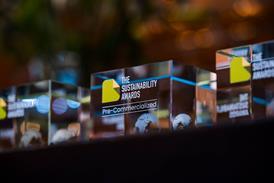

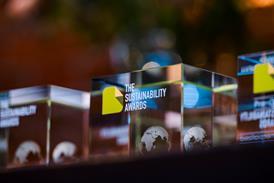
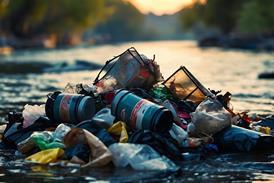
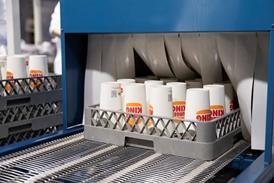














No comments yet